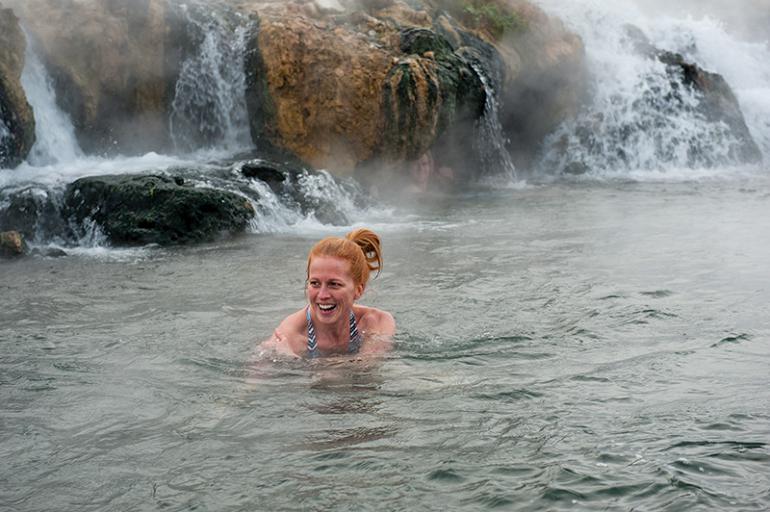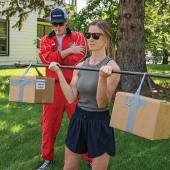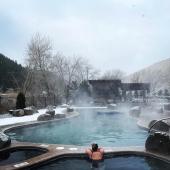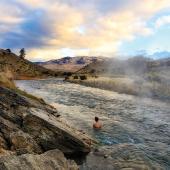Hot & Healthy
The medical benefits of hot springs.
Montana has 61 known hot springs with more just across the Idaho border. Soaking in hot springs is fun but there are also health benefits. The hot mineral-rich water alters our physiology while we soak. It increases oxygen absorption, which is used to make cellular energy. With the increase in body temperature and oxygen, metabolic function is ramped up. This helps with elimination of wastes through the lungs, kidneys, and skin. The higher temperature enhances the immune system as well.
Soaking in hot springs is relaxing to muscles and the nervous system. It can be therapeutic for tight or sore muscles, arthritis, cramps, stress, anxiety, and insomnia. The health of the skin may also benefit from these volcanic waters.
The heat alters blood circulation. During a long soak, blood pools closer to the surface. To enhance the therapeutic effect, after getting out of the hot water, jump in a cold pool for 30 seconds. This will drive the blood and lymph back to the core, passing through their filters on the way. It further increases oxygenation and can boost vitality.
The health benefits of bathing in hot springs are not newly discovered. European settlers in Montana in the late 1800s reported seeing Native Americans soaking in the local thermal pools. In Europe, the hydrotherapy of hot springs had long been utilized by medical spas.
Soaking in hot springs is relaxing to muscles and the nervous system. It can be therapeutic for tight or sore muscles, arthritis, cramps, stress, anxiety, and insomnia.
These European immigrants not only took advantage of the hot springs, but also built elegant medical spa resorts reminiscent of the ones back home. Many no longer exist, due to fires or tectonic shifts affecting water supplies, but they were quite popular through the first half of the 1900s. The railroads helped advertise them as frontier oases. People traveled across the country to stay in Montana hot-spring resorts where they could enjoy the outdoors and bathe in the healing thermal waters. Back then Chico Hot Springs, for example, had a resident physician to supervise guests’ care.
Whether you prefer a more rustic and wild spot in the backcountry or an easy drive to a resort with creature comforts, take advantage of Montana’s hot springs as part of your healthcare regimen. Be sure to drink plenty of water to prevent dehydration. If you have heart disease, kidney disease, uncontrolled high blood pressure, or diabetes, consult your doctor before taking a soak. While rare, especially in the Rockies, amoeba brain infections can be avoided by not submerging your head and not drinking from the spring.
A map of Montana’s hot springs can be found at montanahotsprings.net.
Lou Walters is a naturopathic doctor at the Source Wellness Center in Bozeman. For more information on adding natural therapies to your healthcare, visit thesourcewellnesscenter.com.











